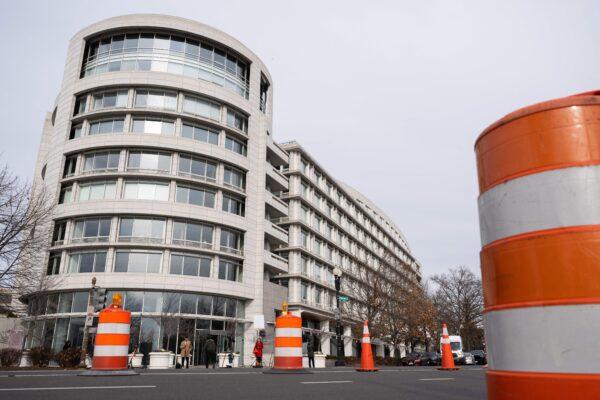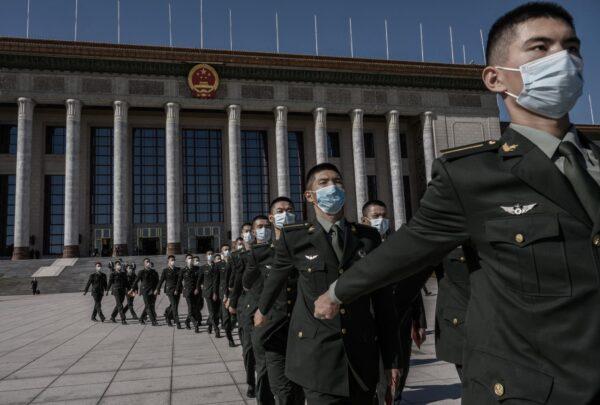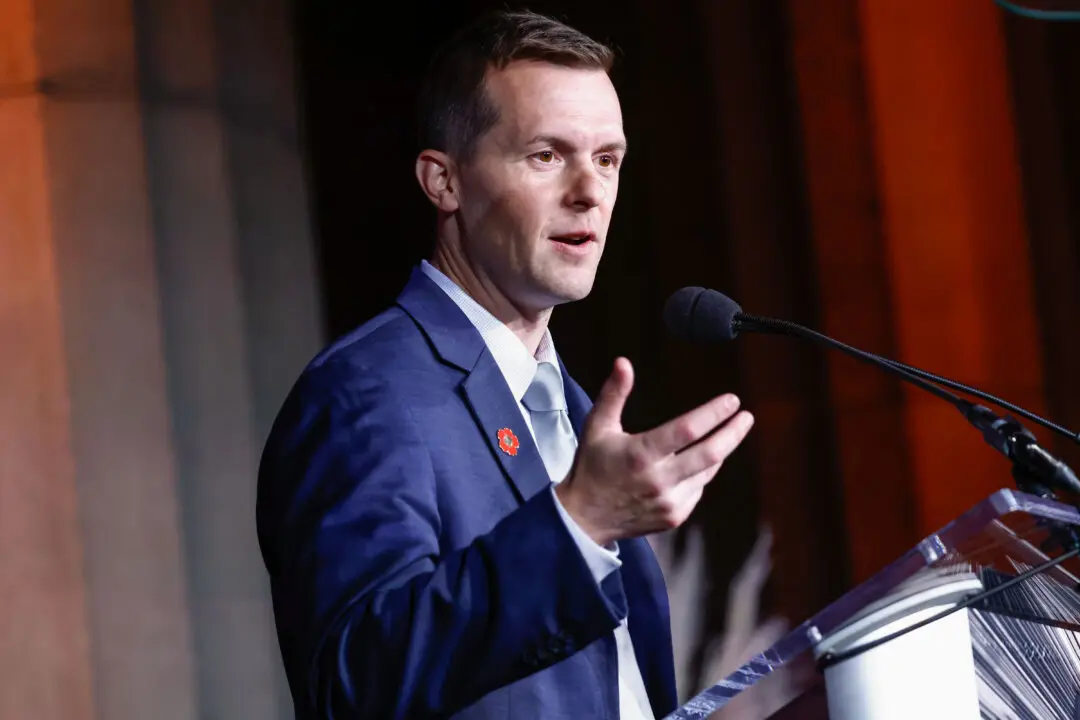Revelations keep unfolding in regard to the classified documents from President Joe Biden’s vice presidency that have been discovered at multiple locations.
Yet, for many people following the story, it’s easy to get lost in intelligence jargon and an alphabet soup of agencies.
While officials haven’t released the classified markings on any of the tranches of documents found in Biden’s home and prior office, The Epoch Times reached out to national security and intelligence experts to learn more about the different levels of classification.
For example, what is top secret sensitive compartmented information (TS/SCI)–and what does it mean if one or more documents recovered from the Penn Biden Center in Washington were marked TS/SCI?
Some Basics on ‘Highest Form of Top Secret’
Michael Sekora, a veteran of the Defense Intelligence Agency and other intelligence agencies, who worked in the Reagan administration, explained that top secret (TS) information is at the top of a hierarchy of classification.Within TS is Sensitive Compartmented Information (SCI), which is, “sort of the highest form of top secret,” according to J. Michael Waller, a senior analyst for strategy at the Center for Security Policy.
Less classified than TS is “Secret,” then “Confidential,” and down to “For Official Use Only.”
TS/SCI is “extremely sensitive,” Waller said, calling it “the crown jewel stuff” in a Jan. 12 interview with The Epoch Times.
SCI is primarily intelligence methods and sources.
“In some cases, you’re protecting a source. In some cases, you’re protecting a method,” Sekora told The Epoch Times in a Jan. 13 interview.

“SCI would often reveal the source and the methods on its own,” Waller said.
“It’s like saying, ‘We got this data from the foreign minister of France.’ Well, that would completely compromise him if it was known he was passing it on secretly to the United States. Whereas top secret [without SCI] might say, ‘According to a friendly high-level official.”
Even within SCI, there are different levels of access, often referred to as “sigmas.”
“There’s a pyramid of access even within an individual program,” Sekora said.
As its name suggests, TS/SCI is very particular and limited to very specific people, even within a larger group with very high security clearances.
The term “compartmented” means “it’s very narrow, or it’s a type of information that only a few people can have access to, because of the technology, sources, or methods involved,” Waller said.
Each individual in a group of 10 intelligence officers may not know what any one of his peers can access.
Documents Not in a Secure Facility
Neither the Penn Biden Center nor the Bidens’ Wilmington, Delaware, garage are sensitive compartmented intelligence facilities, or SCIFs–the only places where SCI documents can legally be stored and used.
“What did the Penn Biden Center do with all that money?” he asked, adding that it had the hallmarks of a money laundering operation.
“Why was the data put there in the first place?” Sekora asked. He suggested there were two possible explanations: extreme recklessness, or a more nefarious effort to pass intelligence along to the CCP or other factions.
“Political appointees are notorious for treating intel badly,” he noted.
Waller said Biden’s foreign policy experience in the White House as well as the Senate should have familiarized him with the proper procedures for handling SCI.
“He has half a century of personal experience,” he said.
Chain of Custody Question Puzzles Intel Vet
Intelligence agency veteran Sekora had one particularly urgent question about the media coverage of Biden’s TS/SCI materials so far.“Why isn’t anyone addressing the issue of chain of custody?” he asked.
That chain of custody, said Sekora, would document exactly who had transferred and received the TS/SCI material at any particular time—complete with signatures and dates.
It would be the second sheet in the TS/SCI package, below a distinctive cover sheet and above the actual document.
Sekora said he had never encountered a TS/SCI document without a detailed chain of custody.
That information, he said, could help investigators trace a document back to determine how it ended up at the Penn Biden Center. The final person who received the document should have signed the chain of custody.
He suggested that any custody documentation could potentially provide a more benign, less partisan political explanation for the two-month delay from the time the first classified materials were reportedly discovered and when the public was alerted.
“They may have needed two months to go through the chain of custody,” he said.
Another possibility, he said, was that the government wanted to turn any compromised methods and sources to their advantage.
What Could the CCP or Others Know?
Waller pointed out that a previous human intelligence breach in China effectively destroyed the United States’ network of human agents. Large-scale executions ensued.“People who volunteer to work for the United States covertly in hostile regimes like China have to trust us, and if they can’t trust us because our SCI information is treated recklessly, then we’re not going to get people to volunteer to help us around the world,” Waller said.

The CCP or other actors could use such documents to identify sources, he said, and then pressure the source to provide false intelligence or ultimately kill them.
Both Sekora and Waller said that U.S. intelligence agencies will have to operate on the assumption that the source or method classified TS/SCI has been compromised.
Sekora sees the current classified documents scandals within the context of deeper problems in the U.S. intelligence community.
He added that he'd welcome something like the new Church committee to bring accountability to intelligence agencies, now a focus of the House of Representatives’ Republican majority.
For now, Biden’s TS/SCI materials continue to raise questions, with no answers.
Sekora stressed that it’s hard to know just how toxic the fallout will be. A TS/SCI document will be, by definition, highly particular, but it may or may not be damaging.
Yet, the worst case scenarios are grim.
“It may be minor–it may be an old program–but it may actually be earth-shattering,” he said.





